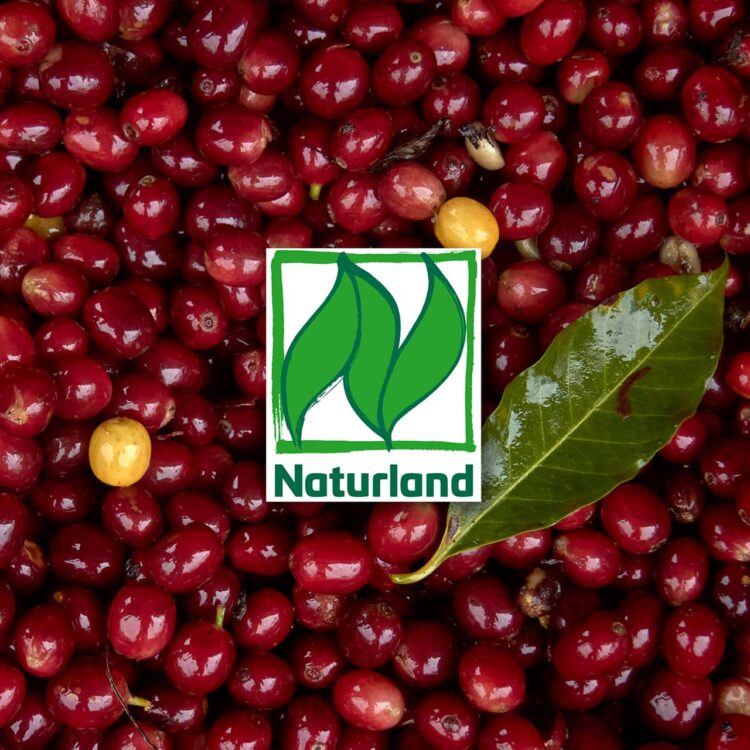So as to have the ability to reply and consider this query, we now have targeted on the carbon footprint. It is without doubt one of the most necessary elements for local weather safety and is due to this fact important for all of us.
One of many decisive points for kind of greenhouse gasoline emissions in agriculture is nitrogen fertilizer. Its manufacturing could be very energy-intensive. Added to this are transportation, logistics, and many others. (leaving apart the consequences of nitrate formation, over-fertilization, water air pollution, and many others.). So, if much less nitrogen fertilizer is used, much less CO2 is emitted – logical, proper? So, how do the 2 labels deal with this subject?
The EU label permits the acquisition of as much as 170 kg of extra nitrogen per hectare, whereas Naturland stops at 40 kg per hectare per 12 months.** Naturland farmers should additionally produce a minimum of 50% of their very own feed, which additionally saves vitality and transportation.
The EU directive doesn’t stipulate this, so you can even purchase in soy from abroad so long as it’s licensed natural. It’s not laborious to think about what which means.
And the permission granted by the EU label to transform a farm to natural solely in sure areas – e.g. standard livestock farming, natural arable farming – signifies that feed and fertilizer are usually not produced across the nook however are sometimes transported over lengthy distances. A logistical effort that may have a large impression on the CO2 steadiness. By the way, this additionally applies to the disposal of surplus manure on different areas. When you then add to this the upper so-called “animal stocking density” (what number of animals are allowed to be stored on a particular space), you possibly can perceive why critics seek advice from the EU natural label as “natural gentle”. And what about Naturland?


